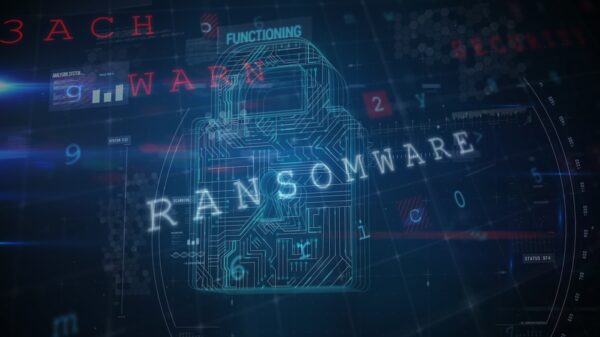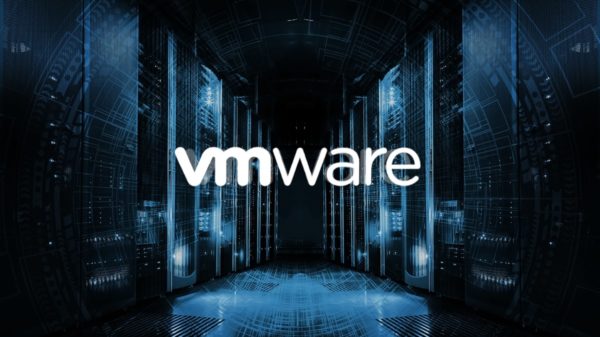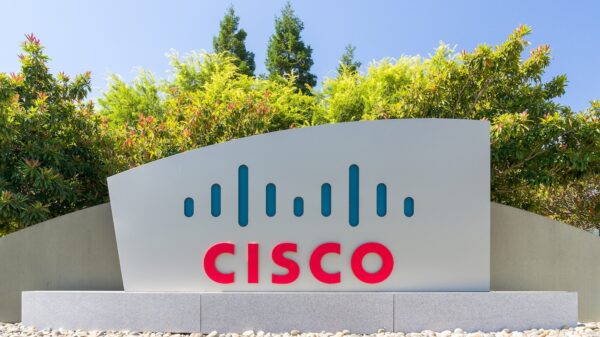A newly discovered family of ransomware is being offered via the Ransomware-as-a-Service (RaaS) business model, allowing cybercriminals to easily customize their own versions of the malware, researchers explain.
Dubbed Satan, the new ransomware family was discovered by security researcher Xylitol and is available for any wannabe criminal, as the service only requires the creation of an account to get started. The profits are split with the malware authors, who claim to retain only a 30% cut, thus making the RaaS sound highly interesting to many.
In fact, the RaaS promises little effort from interested parties, as it handles the ransom payments and the addition of any new features. The affiliates, however, are in charge of the distribution, and the RaaS developer claims that successful ones will be rewarded with bigger cuts of the ransom payments, BleepingComputer’s Lawrence Abrams explains.
The Satan RaaS’ website greets visitors with information on what the service is all about, while registered users are provided with access to a console that helps them set up their version of the ransomware via multiple pages: Malwares, Droppers, Translate, Account, Notices, and Messages.
On the “Malwares“ page, wannabe criminals can customize their ransomware version by specifying the ransom amount, a number of days the ransom amount stays the same, and how much it should increase after that period passes. The Droppers page assists affiliates in building malicious Microsoft Word macros or CHM installers to distribute the malware via spam emails or other methods.
Affiliates can expand the languages used for the ransom notes on the Translate page, and can keep track of the number of infected victims, the amount paid, and other information via the Account page. The Notices page is used to display messages from the RaaS developer, while the Messages page is meant for “customer service” requests.
Webroot’s Tyler Moffitt notes that the Satan RaaS operators specifically ask affiliates they don’t share downloaded ransomware samples with VirusTotal, thus “decreasing the likelihood that security vendors will have encountered the variant.” The service is currently being advertised on underground forums, where both the payload and the payout scheme are explained.
In an attempt to avoid analysis, the Satan ransomware was built with a series of virtualization checks inside, meaning that it terminates itself if it believes it is running in a virtual machine. If the check passes, the malware injects itself into the TaskHost.exe process and then starts encrypting the files on the compromised computer.
The ransomware is currently targeting over 350 file types, but security researchers have yet to figure out what encryption algorithm it uses. What they do know, however, is that the malware appends the .stn extension to the encrypted file’s name, but not before scrambling that filename.
During the encryption process, Satan drops a ransom note called HELP_DECRYPT_FILES.html in each folder containing encrypted files. After encrypting all files, it wipes all data from the unused spaces on the C: drive by executing the cipher.exe Windows app.
Satan’s ransom note includes a unique victim ID and a URL to a TOR payment site, along with instructions on what users should do to recover their encrypted files. The ransom note also claims that AES-256 and RSA-2048 were used for encryption, but that remains to be confirmed.
Related: Ransomware-as-a-Service Lets Anyone be a Cybercriminal
Related: Encryptor RaaS Shuts Down Without Releasing Master Key
















